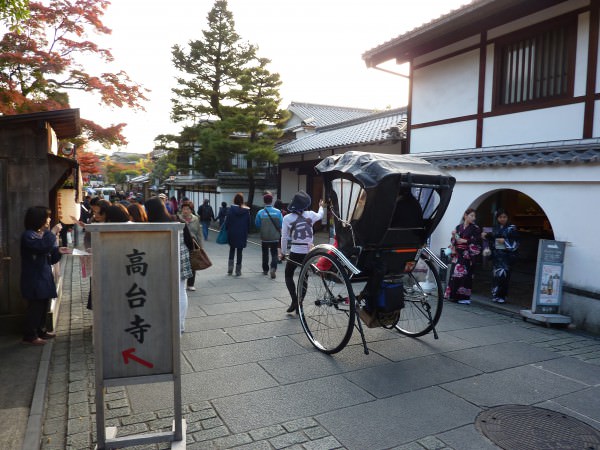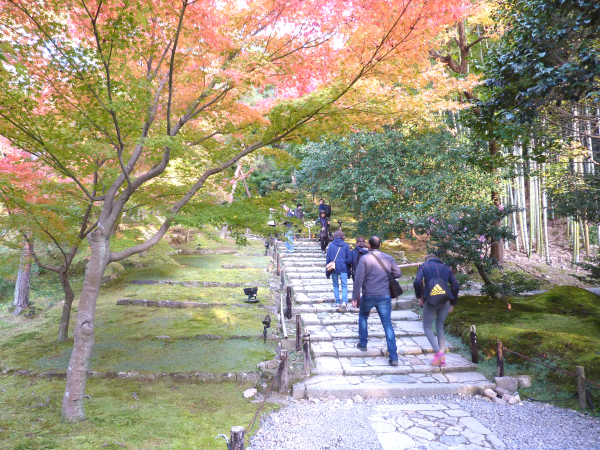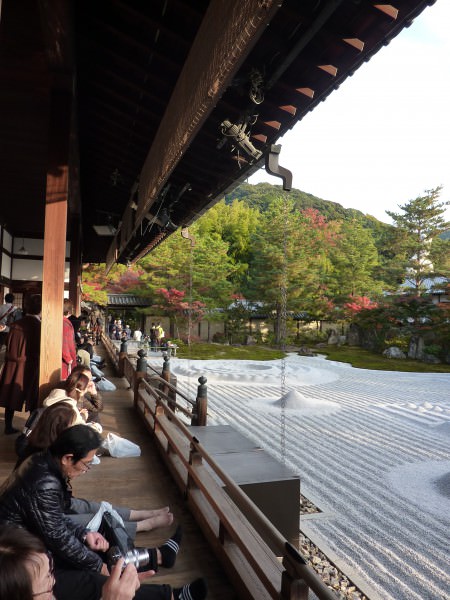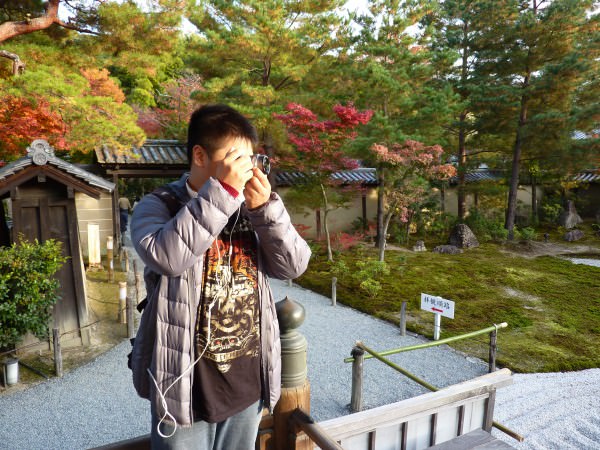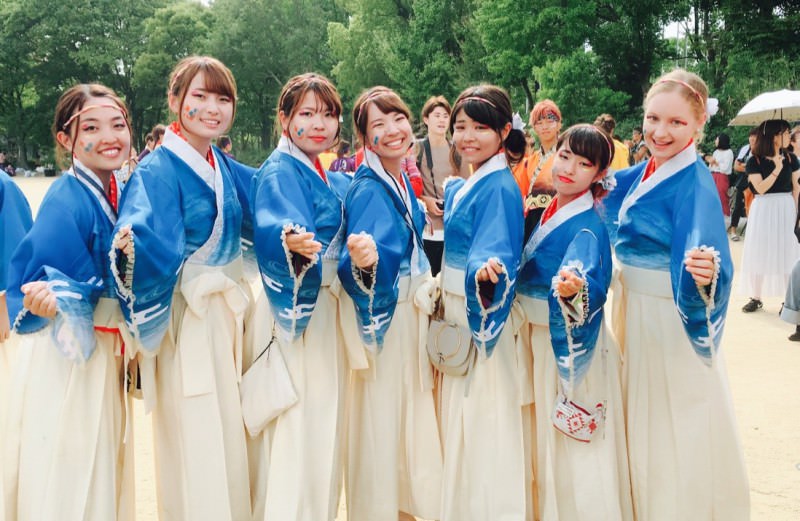สัมผัสวัฒนธรรมญี่ปุ่นผ่านทางสวนญี่ปุ่นอันงดงามที่วัดโคไดจิ
2017.02.05
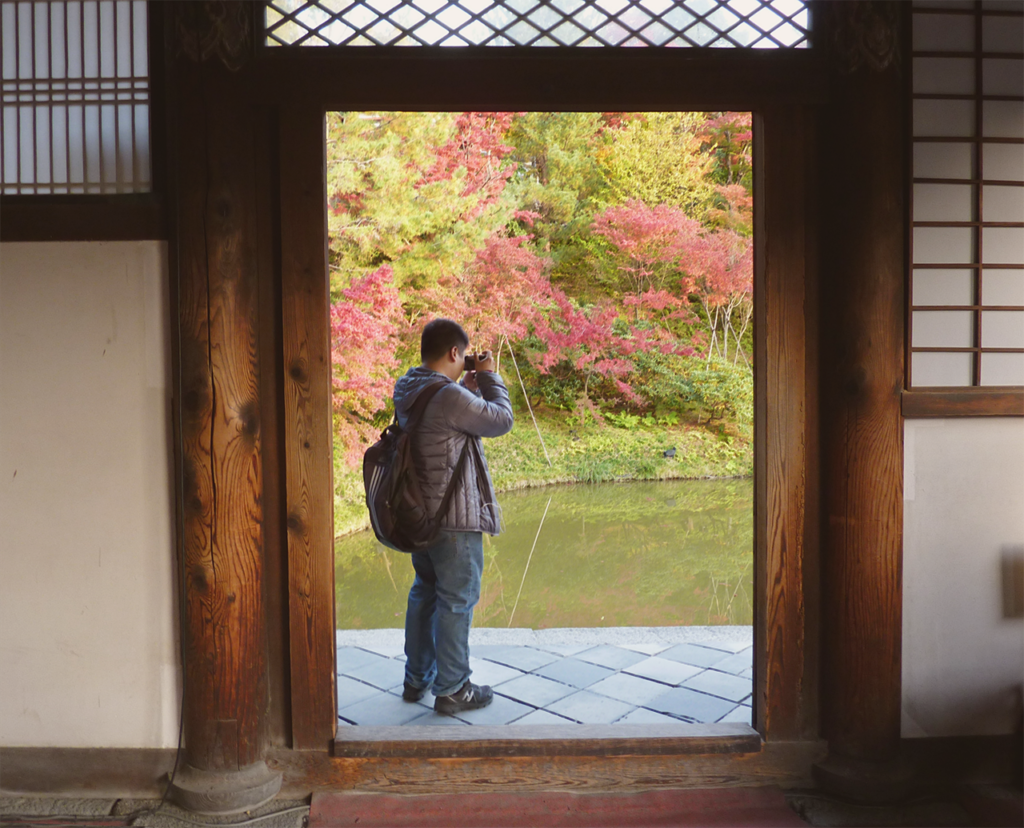
Kyoto is home to literally hundreds of shrines and temples. Near Kyoto’s Gion district is Kodai-ji Temple, which has a particularly famous past…
A bit of Kodai-ji's history
During the Sengoku Period, Japan was divided into many small warring states, all fighting amongst one another for sovereignty. Japan’s class system became unsettled in this period of great upheaval and violence, and the ultimate victor in this battle for power was not a nobleman, but a man born of humble farming origins. His name was Toyotomi Hideyoshi, and he is now one of the most well-recognized names in Japanese history. It was Hideyoshi’s wife, Nene, who ordered the construction of Kodai-ji Temple in 1606 to honor him.
With a history of over 400 years, and a rich collection of nationally-designated Important Cultural Properties, Kodai-ji Temple is also centrally located close to famous Kyoto areas like the Gion District and Kiyomizu-dera Temple. Today, the area around Kodai-ji is bustling with restaurants and cafés, and is a popular location for visitors to don a kimono for the day, and slip back in time with a rickshaw ride along cobbled streets. The temple is also popular for its beautiful autumn foliage!
A day out
Study Kyoto Magazine recently visited Kodai-ji Temple with Mai, an international student from Vietnam. Soft-spoken, and fond of photography, Mai initially agreed to visit the temple for a tour of the temple grounds and their glowing autumn leaves. In the end, Study Kyoto Magazine received a history lesson, too!
Walking around the back of the Kodai-ji’s main hall, a minutely combed rock garden comes into view. The autumn sun hits the planks of the main hall’s platform just enough to warm them for sitting, and today, too, the platform is full of visitors looking out over the swirling shadows of grey pebbles. Rock gardens like Kodai-ji’s are a hallmark of temples of the Zen sect of Buddhism to which Kodai-ji belongs.
With little room to sit, Mai takes several photos from the platform. “I think this idea of zen can be seen across Japanese culture. It’s this philosophy of casting aside the excess, of chiseling away until you leave just the true essence of something behind. This rock garden is like that, too: it isn’t a big gaudy spectacle. It uses rocks and sand to suggest the flow of water. That suggestion of movement expresses the flow of life as a whole, and evokes a kind of harmony.
A monk named Muso Soseki designed several zen gardens like this in Kyoto temples. He’s one of the most famous. You can see the zen thinking in so many arts. Haiku usually have a zen philosophy, too. It’s that culture of ultimate simplicity.
There are actually a lot of zen Buddhists in Vietnam, too. People say that the kind of Buddhism practiced in northern Vietnam is similar to Buddhism in China and Japan.”






